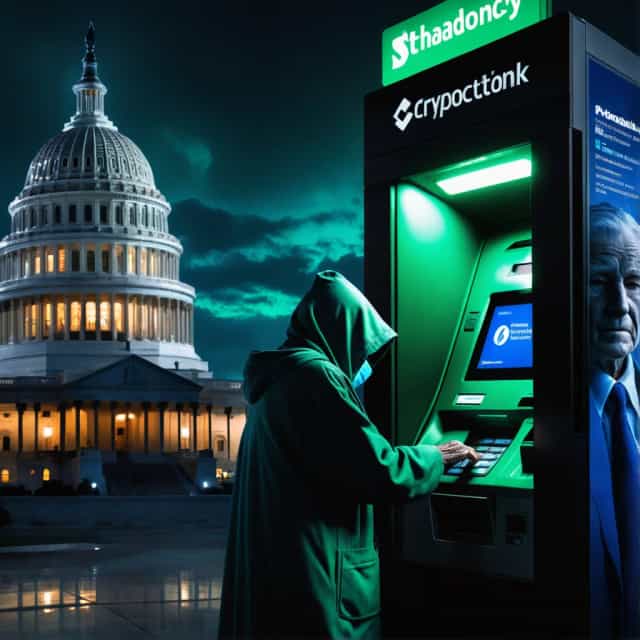
Image source: Block Media
Dollar-Won Exchange Rate Climbs Above 1,400 Amid Euro Weakness and Fed Policy Signals
The USD-KRW exchange rate breached the critical 1,400 mark for the first time in nearly four months during overnight trading, driven by faltering euro performance stemming from weak German business confidence and impactful remarks by Federal Reserve Chair Jerome Powell urging cautious monetary policymaking.
As of 2 a.m. KST on the 25th, the exchange rate settled at 1,403.80 won, reflecting an increase of 11.20 won compared to its previous closing in the Seoul foreign exchange market. This represents the highest closing level since May 14, when the rate reached 1,404.50 won. It also marks the first time since May 16 that the rate closed above 1,400. Additionally, the new closing rate showed a rise of 6.30 won compared to the previous daytime rate in Seoul, which was recorded at 1,397.50 won.
German Economic Woes Weigh on Euro, Strengthen Dollar
The decline in German business confidence added significant downward pressure on the euro, which in turn fueled dollar strength. The September German Business Climate Index, published by the Ifo Institute for Economic Research, registered at 87.7—far below market expectations of 89.4 and a marked drop from the prior month’s reading of 89.0. This weaker-than-expected performance further undermined the euro, driving the USD-KRW exchange rate to hover around the 1,400 mark during London trading. The unfavorable euro sentiment extended into New York trading, where the dollar continued its upward momentum, pushing the USD-KRW rate to an intraday high of 1,405.50 won.
Powell’s Balanced Remarks Intensify Dollar Strength
Federal Reserve Chair Jerome Powell’s nuanced commentary on inflation risks and labor market dynamics gave an additional boost to the rallying U.S. dollar. Powell emphasized the continued risks posed by inflation, stating, “Inflation risks remain tilted to the upside,” while also acknowledging the downward pressures in the labor market. He described the current economic scenario as a “difficult situation with no easy choices,” underlining the need for measured and cautious monetary tightening. These remarks, coupled with rising U.S. Treasury yields, energized the dollar against other major currencies globally and further strengthened its position in the currency markets.
Dollar Gains Across Major Currency Pairs
The dollar exhibited robust performance against multiple major currencies during the session. As of 2:28 a.m. KST, the USD-JPY exchange rate stood at 148.712 yen, while the EUR-USD rate was at $1.17398, reflecting the euro’s continued struggles. Meanwhile, the offshore USD-CNY rate reached 7.1381 yuan. On a regional level, the JPY-KRW rate was recorded at 943.81 won per 100 yen, and the CNY-KRW rate settled at 196.78 won.
Low Trading Volume Marks Overnight Activity
Trading volume during the session revealed relatively thin activity in the currency market. The intraday high for the USD-KRW rate peaked at 1,405.50 won, while the low was recorded at 1,392.70 won, resulting in a narrow fluctuation range of 12.80 won. Total spot market transaction volume, including overnight trades, amounted to just $10.24 billion—making this the lowest recorded volume since March 28. Such subdued trading activity highlights a cautious approach among market participants despite notable volatility in currency values.
Market Sensitivities Remain Heightened
The sharp increase in the dollar-won exchange rate underscores the heightened sensitivities within currency markets to global economic indicators, such as German business data, and signals from major central banks like the Federal Reserve. As traders and investors closely monitor these developments, the interplay between weak European data, rising U.S. Treasury yields, and cautious Fed policymaking continues to shape currency dynamics, driving volatility in the broader foreign exchange landscape.










